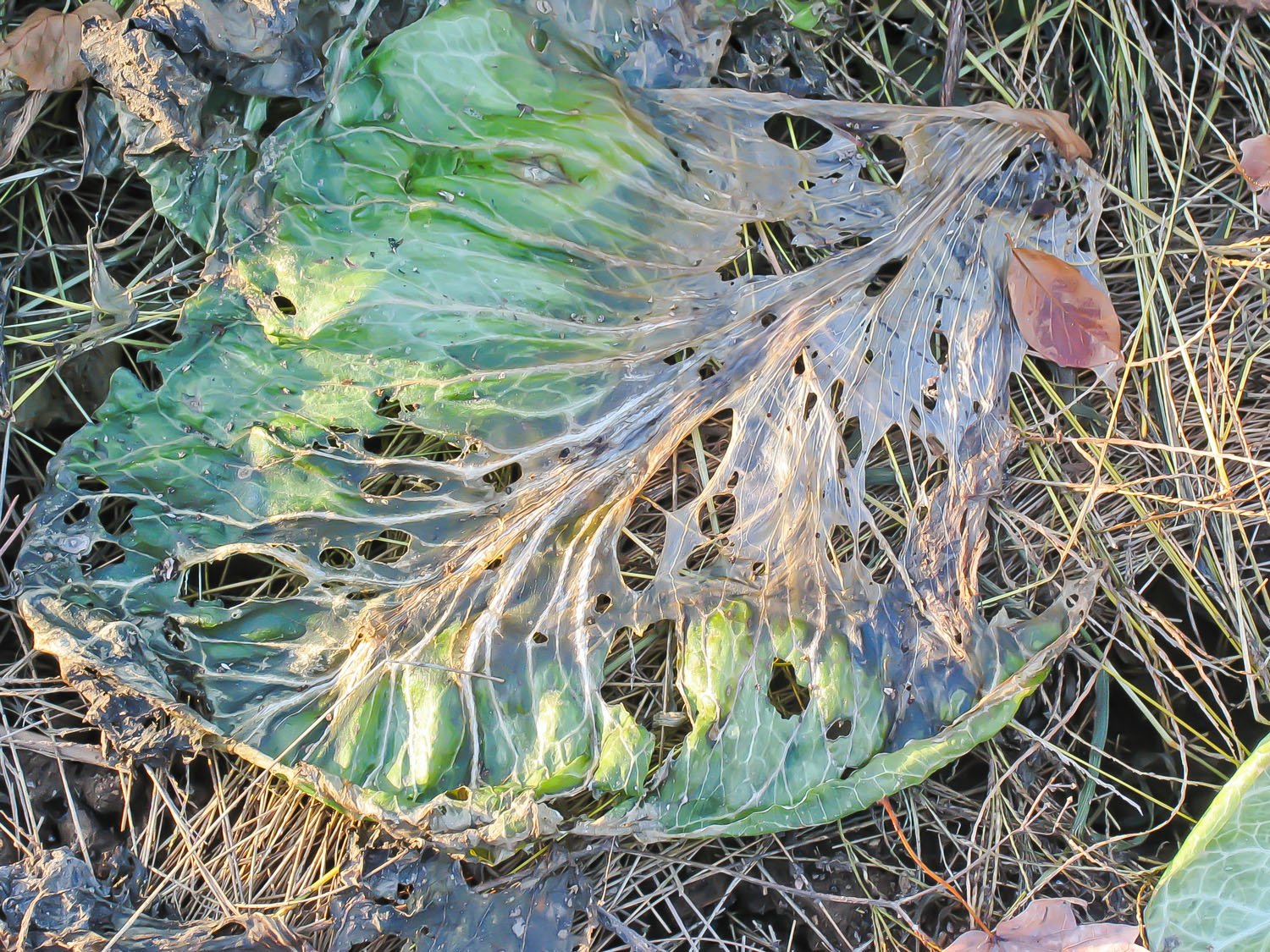The third day comes a frost, a killing frost. - William Shakespeare, Henry VIII
By early November, summer is definitely over. There are glorious warm and sunny days in the fall season, but they are followed by colder nights and shorter days. The weather forecast occasionally advises gardeners of a possible frost, but sometimes the frost doesn't happen. Or, if it does happen, many plants can survive a night temperature that only hovers around the freezing mark.
According to The Old Farmer's Almanac, a temperature between 29 and 32 degrees is a light freeze. This will kill only young, tender plants. A moderate freeze occurs between 25 and 28 degrees. Many plants will not survive a moderate freeze. But a killing frost is when the temperature drops below 25 degrees. This event officially ends the growing season.
Watch the Forecast
During November, the daytime brings in warmth and the nighttime cold. It is a time for gardeners to watch the weather forecast carefully, knowing that the growing season is almost over and to enjoy the plants that thrive in the autumn.
These plants, like nasturtiums, do well in cooler weather. The low temperatures allow nasturtiums to grow bigger with enormous round leaves and orange flowers. In my garden, they spread over the space given up by the less hardy plants that don't survive a moderate freeze. Marigolds also hang on, producing many golden and orange blooms.
Eventually a killing frost ends all growth. The nasturtiums collapse and the marigolds turn brown. This powerful event concludes the growing season that began many months before.
Prepare Outdoor Plants
It is possible for a killing frost to occur in late October, but it will certainly happen in November, so it is important to prepare. When there is a forecast of a nighttime temperature below 25 degrees, bring in potted plants to keep them alive. Cover other plants outside that might need protection. Most of all, you have to let go and let nature take its course. There is no stopping it!
In my yard, the plants in front of my house bear the brunt of a frost. The sunpatiens, that are my pride and joy with their lush foliage and vivid colors, just keel over and turn brown after one night of severe frost. This always happens by early November, but I am never ready to accept it.
Other plants, like tithonias and zinnas, are also done and turn brown. That's when I cut them down and gather them for the compost pile. Knowing this must happen always helps me appreciate their short, vibrant season each summer because their beauty is ephemeral.
Once a killing frost happens, the season takes a turn toward a deeper experience of autumn. November hints at what is behind us, with midday warmth and color, but it also shows what is ahead, with cold nights and a barren landscape. While a killing frost signals that the growing season has ended, it gives us the opportunity to look ahead to new gardens next year.
Judith Canty Graves is an award-winning columnist with a home garden in Asheville. Follow @TheObservantGardener on Instagram to see new garden photos daily. This article appears in The Laurel of Asheville.

